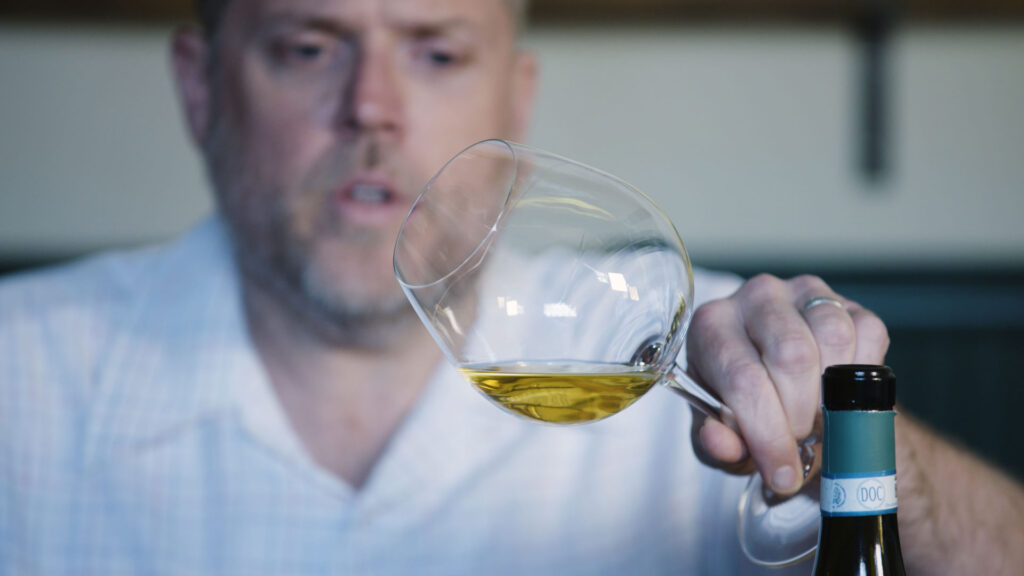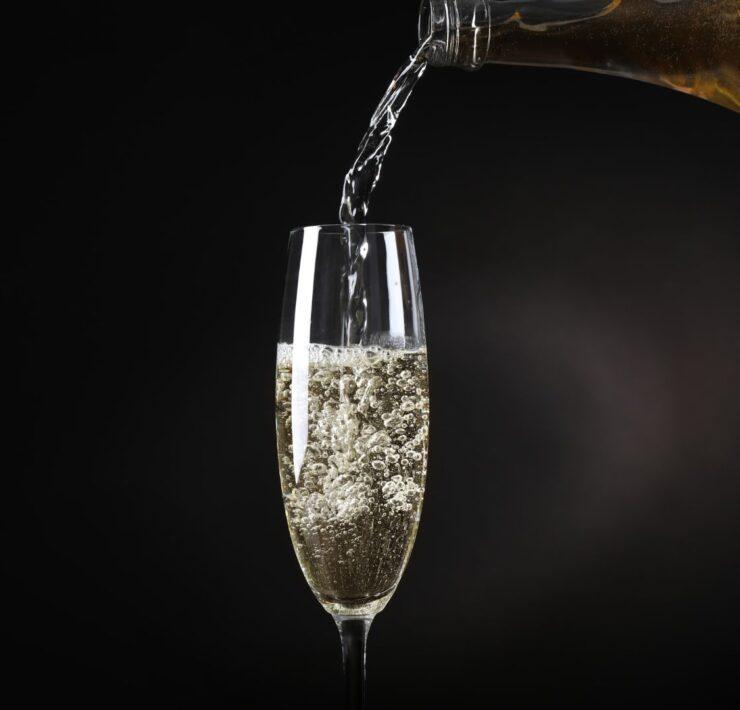Blind wine tasting is somewhat of a prerequisite for many industry professionals. Those skilled and do it well tend to take it incredibly seriously. While others, whose jobs don’t necessarily rely on it, sluff it off and qualify it as merely a fun party trick. For those who are learning the basics, it’s important to follow a few blind wine-tasting tips.
The phenomenon of blind-tasting wine didn’t take a stronghold of the general wine-drinking population until the release of the SOMM documentary in 2013. Before then, connoisseurs would be pleased if they could simply identify the variety of a particular wine by taste alone. But with the explosion in popularity of the SOMM movie, people were able to peer into the world of blind tasting by potential master sommeliers who could correctly identify the region and vintage, among many other features like viscosity, alcohol levels, or atypical winemaking practises. The skill level seen in the movie is extreme, taking years of study and practice.
What Is Blind Wine Tasting?
Blind wine tasting conjures an image of someone smelling or sipping a glass of wine with a blindfold on. While using a blindfold is a rare practice, the concept is bang on. Without looking at the bottle and knowing any information on the label, blind tasting requires the participant to rely on their senses alone to determine the wine in their glass.
Tasting wine blind removes the bias from our opinions. Everything from the type of closure to the bottle’s shape, the label’s design, or knowledge of the price can leave a trail of bias while deciding whether the wine is something we think we’ll enjoy. By removing those notions, we’re left with what’s in the glass: fermented grape juice that’s either white, rosé, red, or orange.
Why Blind Tasting Is Important

Blind tasting can happen for many different reasons throughout the industry. For wine students, it’s often a requirement to attain a certain level of credential. For competitions, judges taste blind to fairly critique and compare. In retail stores or restaurants, some buyers opt to taste blind to ensure a wine fits squarely within where it should be on the shelf or a wine list.
In all of these instances, typicity is the baseline. The taster is smelling and tasting a wine against all other wines they’ve ever smelled and tasted to determine the typicity of the grape and where it was grown.
Blind Wine Tasting Tips If You’ve Never Done It Before
Blind wine tasting can be an overwhelming task if never attempted before. Fortunately, most people’s jobs aren’t on the line when it comes to guessing the distinctive characteristics of a Cabernet Sauvignon from Coonawarra, Australia (which is eucalyptus or mint, for those curious). When venturing down the road of blind tasting, start small, aim for generalities versus specifics, and don’t forget to have fun!
Wrangle a Buddy

It’s impossible to blind taste without someone pouring the wine for you. Even if you were to pick three bottles of your own, wrap each in a paper bag, and pick one randomly, you would still have preconceived notions based on knowing which three bottles were chosen. Having a wine-loving friend purchase and bring a bottle of wine to you and then pour it for you allows the wine to have complete anonymity.
Use a Grid or a System
The Systematic Approach to Tasting from the Wine & Spirits Education Trust is one of the most common strategies for blind tasting. Another less-structured approach is the SOMM Blinders Game, the only blind wine-tasting card game. Blinders can be played by anyone new to the game and trained professionals alike. It’s a great introduction to aromas, flavors and varietal typicity. But implementing any system, big or small, will help with the process.
To start, focus on the six Ss:

- See: Before touching the glass, examine the wine’s color and intensity. With the help of a white piece of paper behind the glass, it’s easier to see a lemon tone versus a golden hue or a purple rim versus a shade of garnet.
- Swirl: The hand-eye coordination of swirling a glass of wine takes some practice. The circular motion of a swirl helps get air into the wine to release the aromas.
- Sniff: Stick your nose right in there, don’t be shy. Get it as deep as possible, then angle the glass (or your nose) to get different aromatic aspects. Do this at least three to five times before continuing.
- Sip & Slurp: These two Ss go hand-in-hand. For anyone not in the biz, the slurp is one of the most absurd parts of tasting wine. But it’s arguably the most important. After taking a sip, the wine must touch as many parts of the mouth as possible. The gums detect tannins. The sides of the tongue register acidity. These aspects are vital to being a successful blind taster.
- State: By this point, the most pertinent flavors and prominent characteristics are literally and figuratively on the tip of your tongue. So it’s time to divulge your observations. Still not sure? Take another sniff and invite another sip before stating a guess.
The Seventh S
Curious how people taste wine for a living? After all, wine is alcohol; how is it possible to function after a 10 am tasting? The answer lies in the seventh S: spit.
Spitting is integral to a successful journey through wine. There’ll be times when a lineup of 10 wines stands in a row, waiting to be experienced. If you want any chance of taking wine 7, 8 or 9 seriously, then consider spitting.
Mind you, if you’re in the comfort of your home and comparing and contrasting a small handful of wines, then you do you!









